
Try your luck — spin the wheel and unlock up to 30% OFF or exclusive freebies!
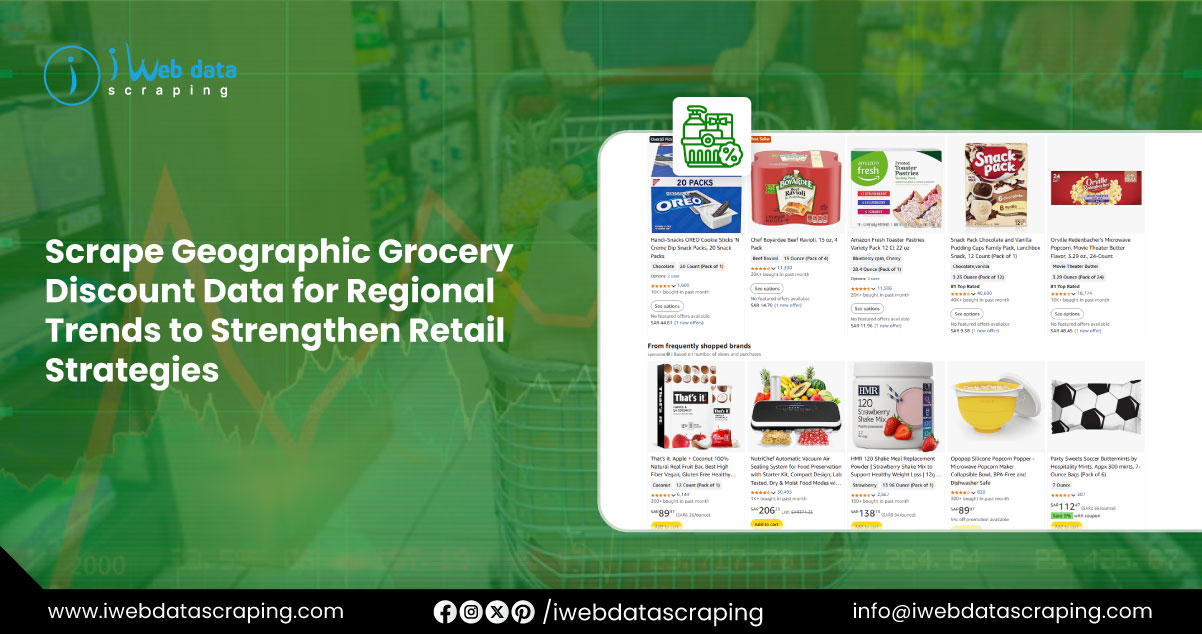
The grocery retail sector is a dynamic and highly competitive industry where pricing strategies have a significant influence on consumer behavior and market share. Understanding regional pricing trends through data collection methods like Web Scraping Grocery Weekly Ads for Pricing Insights provides retailers, analysts, and policymakers with critical insights into market dynamics. By leveraging Geographic Grocery Price Patterns via Weekly Ad Scraping, businesses can uncover regional variations in discounts, promotions, and pricing strategies. This report explores the methodologies, tools, and implications of scraping grocery discount data to identify regional trends, offering a comprehensive analysis of how such data can inform competitive strategies and consumer behavior studies.
The primary focus is on Regional Grocery Ad Data Scraping for Competitive Insights, which enables stakeholders to monitor pricing trends, promotional offers, and consumer preferences across different geographic regions. By systematically collecting and analyzing data from weekly grocery ads, retailers can gain a competitive edge by understanding how discounts vary by location, product category, and seasonality. This report also examines the tools and techniques used to Scrape Geographic Grocery Discount Data for Regional Trends, highlighting the importance of real-time data collection and analysis in shaping strategic decisions.
Data Collection
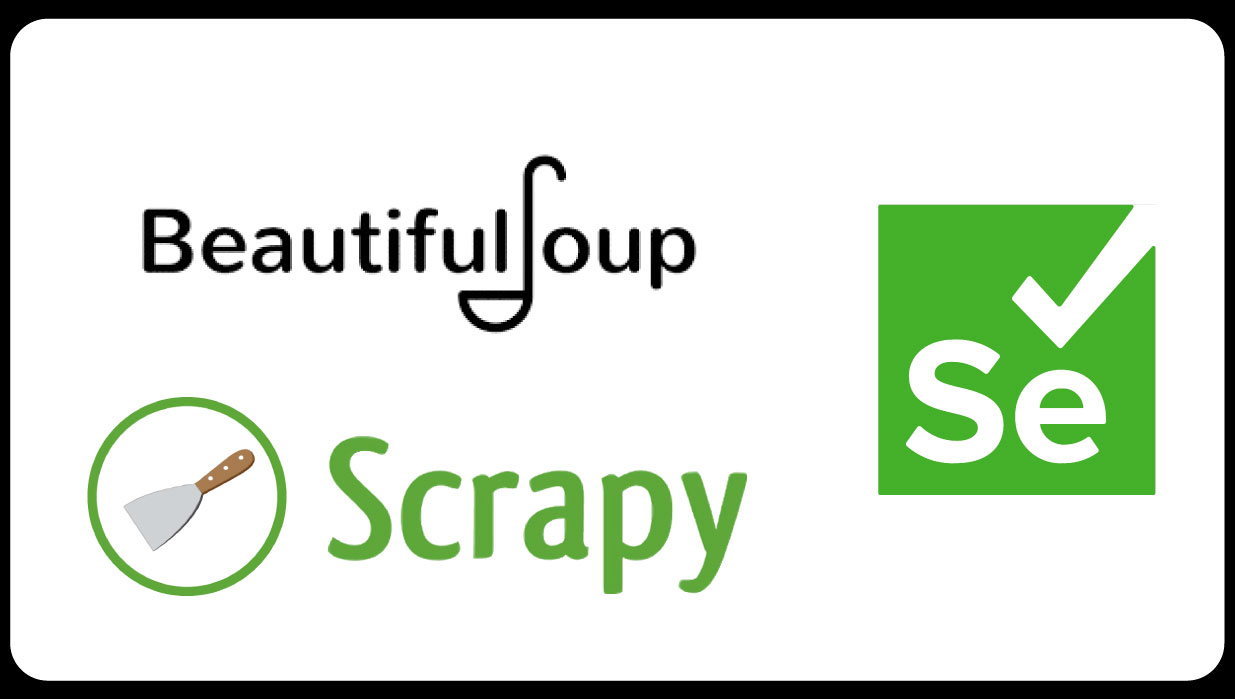
The process to Scrape Geographic Grocery Pricing Trends Data involves extracting data from grocery retailers’ weekly ads, which are typically published online or in print formats. These ads contain detailed information about product discounts, promotional offers, and pricing structures. Web scraping techniques are employed to collect this data systematically from retailer websites, mobile apps, and third-party platforms. Tools such as Python libraries (e.g., BeautifulSoup, Scrapy, and Selenium) are commonly used to automate the extraction process, ensuring efficiency and scalability.
The methodology begins with identifying key grocery retailers in various regions, such as major chains (e.g., Walmart, Kroger, Aldi) and regional supermarkets. The scraping process targets specific data points, including product names, regular prices, discounted prices, promotion duration, and store locations. Geographic data, such as ZIP codes or city names, is also collected to map pricing trends to specific regions. This approach, often referred to as Web Scraping Grocery Weekly Ads to Track Pricing Trends, ensures that the data reflects real-time market conditions and regional variations.
Data Processing and Analysis
Once collected, the data undergoes cleaning and structuring to remove inconsistencies, such as duplicate entries or incomplete records. Tools like Pandas in Python are used to organize the data into structured formats, such as CSV or JSON files, for further analysis. Geographic information is geocoded to enable spatial analysis, allowing researchers to visualize pricing trends on a regional or national scale.
Statistical methods, including regression analysis and clustering, are applied to identify patterns in discount offerings. For instance, clustering techniques can group regions with similar pricing strategies, while regression models can assess the impact of factors like population density, income levels, or competition on discount levels. Real-Time Grocery Offers Data Scraping ensures that the analysis reflects current market conditions, providing timely insights for decision-making.
Tools and Technologies
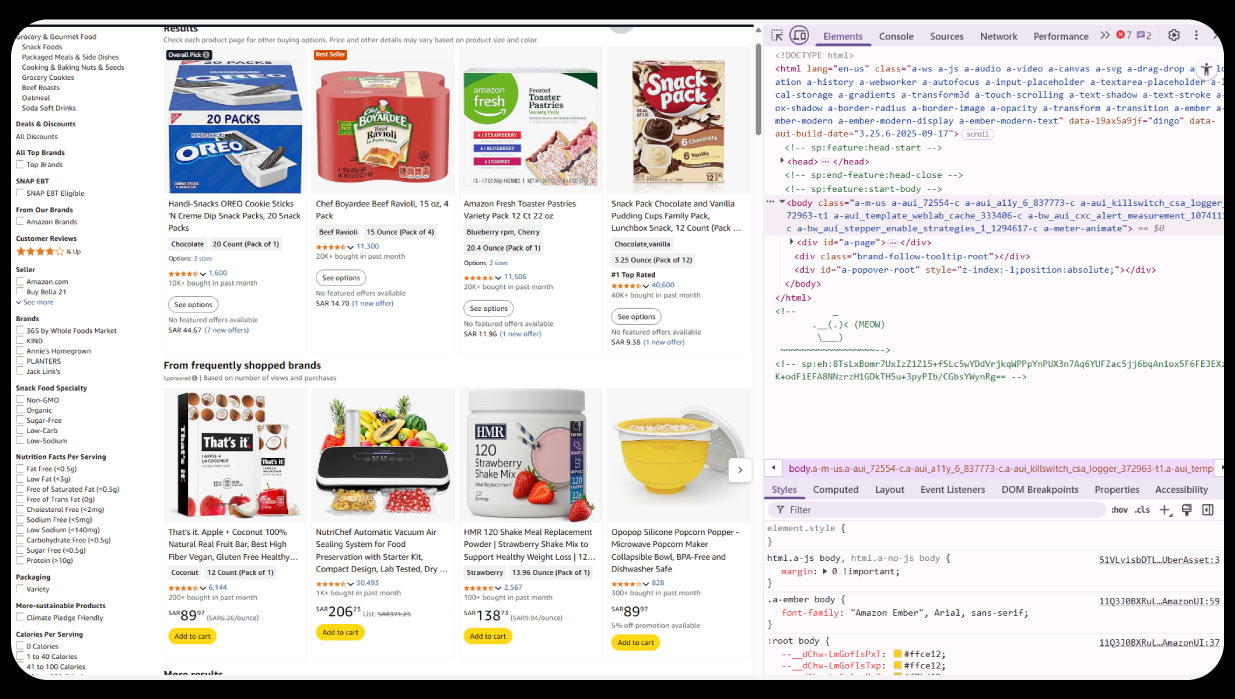
Several tools and services facilitate the scraping and analysis of grocery discount data. Grocery Data Scraping Services offer pre-built solutions for extracting data from retailer websites, often providing APIs for seamless integration into analytical workflows. These services are beneficial for businesses lacking the technical expertise to develop custom scraping tools. Additionally, the Grocery and Supermarket Store Datasets provide pre-compiled data that can be used to supplement scraped data or validate findings.
Web scraping tools, such as Scrapy, allow for customizable scraping workflows, enabling users to target specific retailers or product categories. Selenium is particularly adequate for scraping dynamic websites that rely on JavaScript for content rendering. APIs, such as those provided by grocery delivery platforms, can also be leveraged to access structured data, reducing the need for extensive scraping.
National Overview
Analysis of scraped grocery discount data reveals significant regional variations in pricing strategies. Table 1 presents a summary of average discount percentages across major U.S. regions for key product categories in 2025.
Table 1: Average Discount Percentages by Region and Product Category (2025)
| Region | Dairy (%) | Produce (%) | Meat (%) | Packaged Goods (%) |
|---|---|---|---|---|
| Northeast | 15.2 | 12.8 | 18.5 | 10.5 |
| Southeast | 13.5 | 14.2 | 16.8 | 12.3 |
| Midwest | 14.8 | 13.5 | 17.2 | 11.8 |
| West | 16.5 | 15.0 | 19.0 | 13.0 |
The data indicates that the West region offers the highest average discounts across all product categories, potentially due to higher competition among retailers and a larger presence of discount chains like Aldi and Lidl. In contrast, the Southeast shows lower discounts, possibly reflecting lower operational costs or less competitive pressure.
Urban vs. Rural Trends
Urban areas tend to exhibit higher discount rates compared to rural regions, driven by greater competition and higher consumer demand. For example, urban centers in the Northeast, such as New York City, offer discounts averaging 17% on dairy products, compared to 12% in rural areas of the same region. This disparity highlights the importance of geographic segmentation in pricing strategies.
Seasonal Variations
Seasonal trends also influence grocery discounts. Data scraped during holiday seasons, such as Thanksgiving and Christmas, shows a spike in discounts on products like turkey, canned goods, and baking supplies. For instance, in November 2025, meat discounts in the Midwest reached 22%, compared to an annual average of 17.2%. These findings underscore the value of Real-Time Grocery Offers Data Scraping in capturing seasonal fluctuations.
Retailer Strategies
Scraped data reveals distinct pricing strategies among retailers. National chains like Walmart often use loss-leader strategies, offering steep discounts on high-demand products to attract customers. In contrast, regional chains may focus on loyalty programs, offering exclusive discounts to members. For example, Kroger’s weekly ads frequently include “Buy One, Get One Free” promotions, which are less common among discount chains.
Table 2: Comparison of Discount Strategies by Retailer (2025)
| Retailer | Common Discount Type | Average Discount (%) | Regions Targeted |
|---|---|---|---|
| Walmart | Loss-Leader Discounts | 18.5 | Nationwide |
| Kroger | BOGO Promotions | 15.8 | Midwest, Southeast |
| Aldi | Everyday Low Prices | 12.5 | West, Northeast |
| Publix | Loyalty-Based Discounts | 14.2 | Southeast |
Consumer Behavior
Discount data also provides insights into consumer behavior. Regions with higher discounts, such as the West, show increased sales volumes for discounted products, suggesting price sensitivity among consumers. Conversely, in regions with lower discounts, such as the Southeast, brand loyalty plays a larger role in purchasing decisions. These insights can guide retailers in tailoring their promotional strategies to specific markets.
Technical Challenges
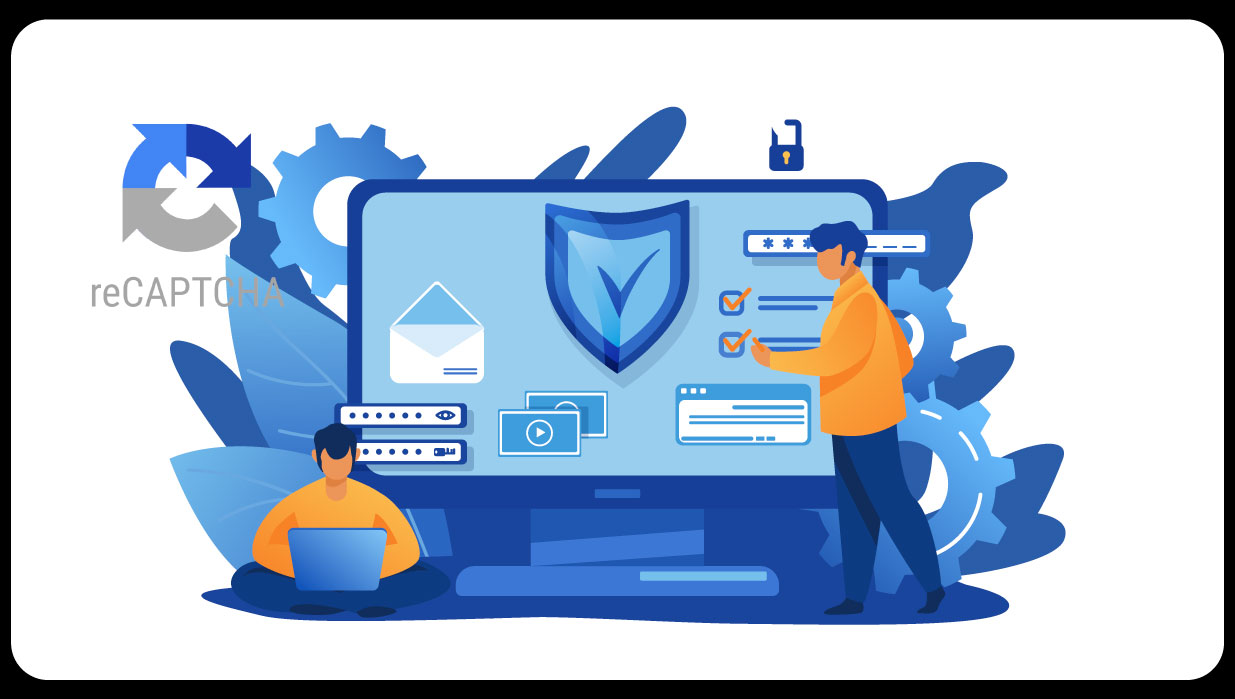
Scraping grocery discount data presents several challenges. Retailer websites often employ anti-scraping measures, such as CAPTCHAs or IP blocking, to prevent automated data collection. Dynamic website structures and frequent updates to ad formats can also complicate scraping efforts. To address these issues, scrapers must be regularly updated to adapt to website changes, and ethical scraping practices, such as respecting robots.txt files, should be followed.
Ethical Considerations
Ethical concerns arise when scraping data from retailer websites. Unauthorized scraping may violate terms of service or local regulations, such as the General Data Protection Regulation (GDPR) in Europe. To mitigate these risks, businesses should use Grocery Data Scraping Services that comply with legal and ethical standards, ensuring transparency and consent where required.
Future Directions
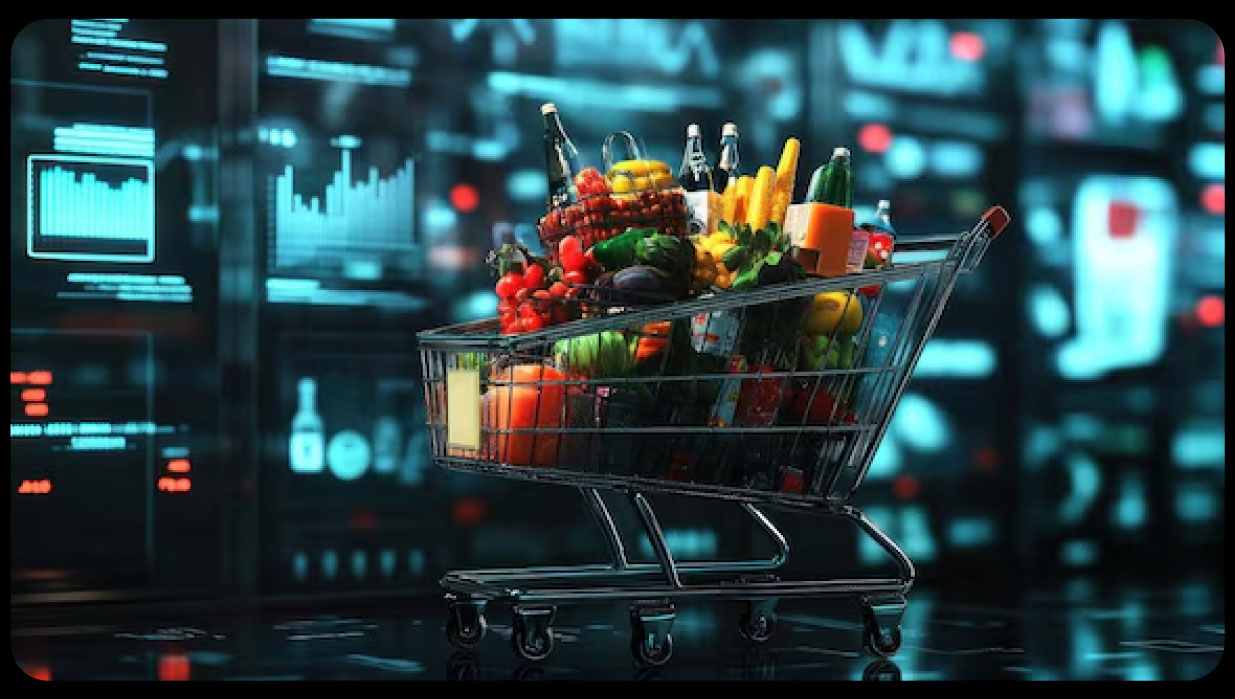
The future of grocery discount data scraping lies in integrating advanced technologies like machine learning and natural language processing. These technologies can enhance the accuracy of data extraction and enable predictive analytics to forecast pricing trends. Additionally, the rise of quick commerce platforms, such as Instacart and DoorDash, offers new opportunities for data collection through Quick Commerce & FMCG Data Extraction Services.
APIs will play a critical role in streamlining data access. Extract Weekly Grocery Ads for Regional Discount Trends allows businesses to retrieve structured data directly from delivery platforms, reducing reliance on web scraping. These APIs can provide real-time insights into pricing, availability, and delivery trends, complementing traditional scraping methods.
The practice of scraping geographic grocery discount data offers valuable insights into regional pricing trends, competitive strategies, and consumer behavior. By leveraging tools like the Grocery Website Data Scraper , businesses can systematically collect and analyze data to inform decision-making. The integration of Quick Commerce & FMCG Data Extraction Services further enhances the ability to access real-time, structured data, enabling retailers to stay ahead in a competitive market. As technology evolves, the need to Extract API for Grocery Delivery Data , APIs, and advanced analytics will continue to shape the future of grocery retail, providing stakeholders with the tools to navigate an increasingly complex and dynamic industry.
This report, underscores the transformative potential of data scraping in understanding and leveraging regional grocery discount trends.
Experience top-notch web scraping service and mobile app scraping solutions with iWeb Data Scraping. Our skilled team excels in extracting various data sets, including retail store locations and beyond. Connect with us today to learn how our customized services can address your unique project needs, delivering the highest efficiency and dependability for all your data requirements.